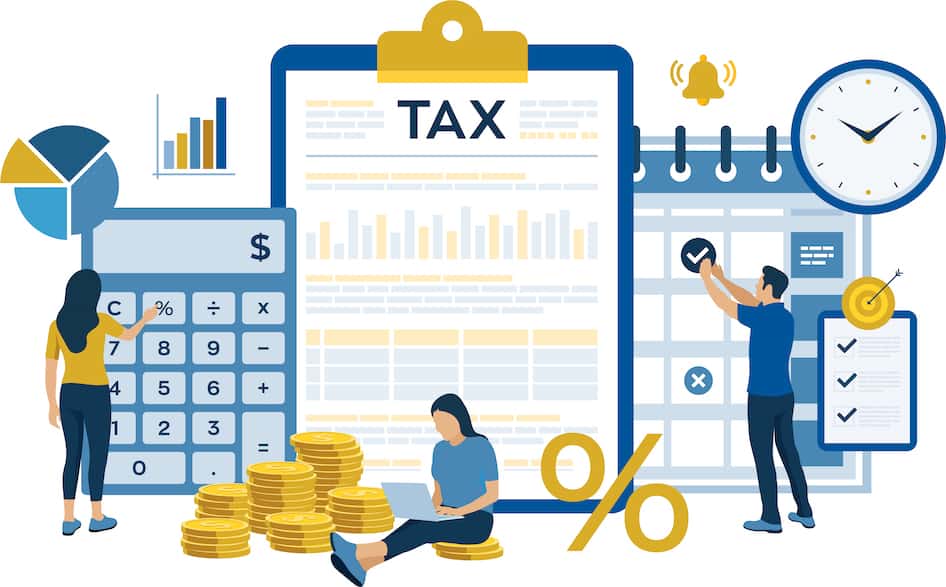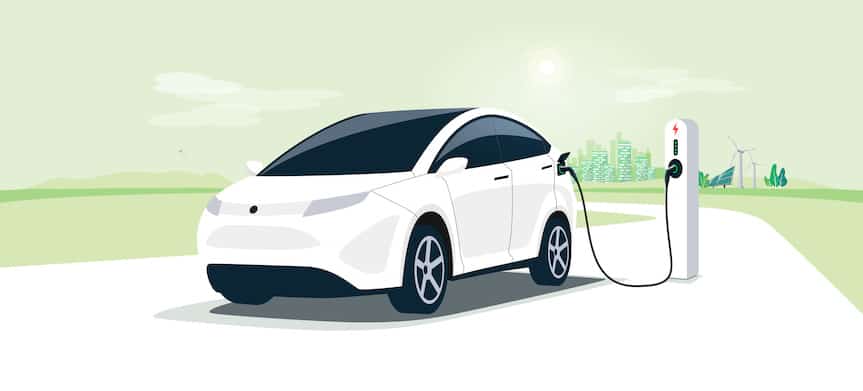New Tax Credits Can Offset the Costs of Energy-Efficient Home Improvements
With energy costs soaring, some homeowners are looking for ways to make their homes more energy efficient. However, energy-efficient home improvements can be quite costly.
To make these improvements more affordable, the federal government offers tax credits to offset the costs, while some state and local governments offer additional tax credits. Thanks to the Inflation Reduction Act of 2022, two substantial federal income tax credits for energy-efficient home improvements have been extended and expanded:
- The residential clean energy credit
- The energy efficient home improvement credit
In this post, we cover these credits and the steps you need to take to claim them.
The Residential Clean Energy Credit
The federal income tax credit for eligible energy saving home improvements, formerly called the residential energy efficient property credit, is now called the residential clean energy credit. Before explaining how the credit has changed, let’s look at how it works under the “old rules” for eligible home improvements made in 2020–2022.
The Old Rules — for 2020–2022
The residential energy property credit varies, depending on when you had the work done:
- 26 percent of qualified expenditures for energy-saving home improvements in 2020–2021
- 30 percent of qualified expenditures for energy-saving home improvements in 2022 (thanks to the Inflation Reduction Act)
Note that there are no income limits. Even billionaires can take advantage of these tax credits. And given the high cost of many energy-saving home improvements, this tax credit can be substantial. For example, the credit for installation of a new $35,000 geothermal system in 2022 is $10,500!
Qualified expenditures include costs for site preparation, assembly, installation, piping, and wiring for the following: Continue reading…






